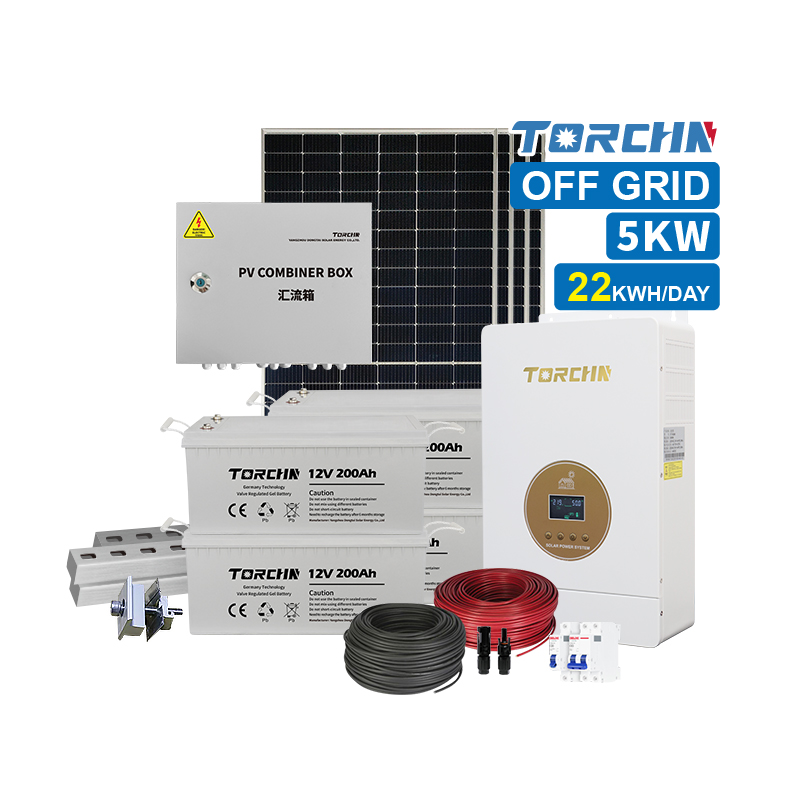In recent years, the use of solar energy has surged, leading to the development of various solar energy systems. Photovoltaic (PV) systems are one of the most common and effective solutions for harnessing solar energy. A typical solar photovoltaic system consists of several key components, including solar panels, inverters, mounting structures, and battery storage systems. Each of these elements plays a vital role in converting sunlight into usable electricity, making it ideal for residential and commercial applications.
Solar panels are the heart of the photovoltaic system, converting sunlight into electricity through the photovoltaic effect. When sunlight hits a solar cell inside a solar panel, direct current is generated. However, most household appliances and electrical systems use alternating current (AC). This is where inverters come in handy; It converts direct current generated by solar panels into alternating current used by homes and businesses. In addition, the installation structure ensures the safe positioning of the solar panels to maximize the use of sunlight, while the battery storage system captures any excess energy generated during peak sunlight hours. This stored energy can be used during periods of low sunlight or at night, increasing the efficiency and reliability of the system.
Integrating these components into solar photovoltaic systems not only provides sustainable energy, but also helps reduce electricity bills and minimize carbon footprint. As the demand for renewable energy continues to grow, it is becoming increasingly important to understand the capabilities and benefits of photovoltaic systems. By investing in solar systems, homeowners and businesses can take a big step toward energy independence and environmental stewardship, making it a viable option for a cleaner, more sustainable future.
Post time: Jan-07-2025

